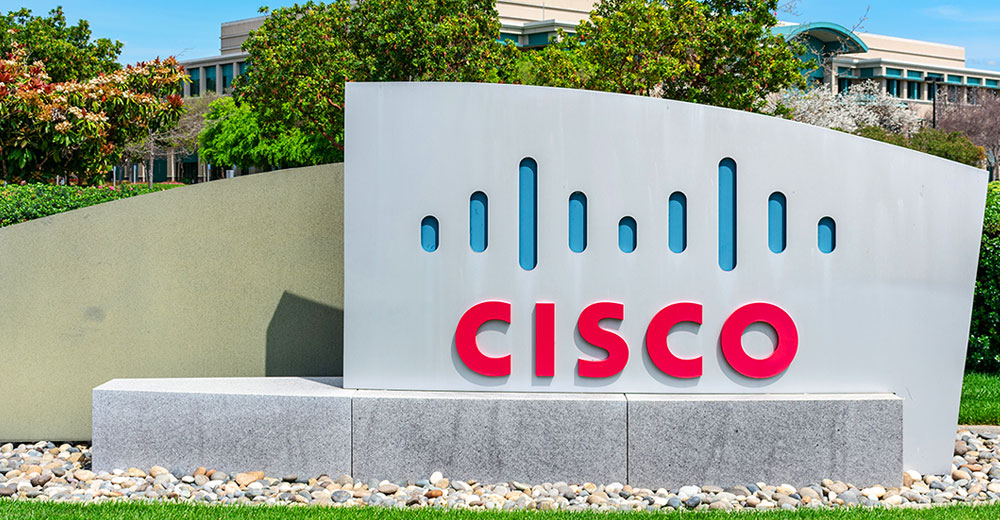
HP has jumped into the “mini-computer” market with an education-focused computer that costs less than US$500.
The HP 2133 Mini-Note PC is part of a growing segment of the computing market that focuses on laptops that come with basic functionalities — Web surfing, e-mail, instant messaging plus video and playback — while keeping the price far below typical desktops or high-end laptops.
“Education shouldn’t end at the bell,” said Jeri Callaway, vice president and general manager with Hewlett-Packard’s Personal Systems Group. “HP believes providing each student with an affordable, creative multimedia tool like the HP Mini will better prepare them to live, learn and work in an information-rich society.”
The Linux Market
But the Mini is just the latest in an emerging market for low-cost computers targeting traditional underserved markets. One Laptop Per Child, an initiative gestated in MIT’s Media Lab, spurred an interest in this market sector that now includes Intel’s second-generation Classmate and the Asus Eee PC. And Lenovo has partnered with Novell to offer Thinkpad T Series laptops pre-loaded as both a commercial and educational package.
This emerging market has created a new niche for Linux-based, open source software. The Linux Foundation’s second annual Collaboration Summit, which is taking place at the University of Texas on April 8 through 10, has brought together many of the top low-cost PC manufactures to discuss the role Linux software may play in the future.
“The HP announcement today and the recent success of Asus, Everex and gOS show that the market is ready for something new. And consumers are ready for Linux running on new form factors,” Amanda McPherson, director of marketing at The Linux Foundation, told LinuxInsider. “Linux allows PC manufacturers the cost advantages, but more importantly, the flexibility to create a new category of personal computing.”
Breaking Form
However, the Linux OS market for low-cost computers isn’t quite as cut-and-dried as it may appear, Michael Evans, vice president of corporate development for Raleigh, N.C.-based Red Hat, told LinuxInsider.
There are three distinct educational markets in the United States: kindergarten through sixth grade, middle and high school, and higher education. The Linux operating system has greater traction at colleges and universities, Evans said, since there are system administrators and more technologically-savvy people able to customize software.
It’s unlikely that the Linux OS will make immediate headway in the primary and secondary educational markets in the United States; however, it could make huge inroads in poor communities and developing countries, where the Microsoft and Apple software legacy doesn’t yet exist.
“There are two very different opportunities: one in the developed world, where kids’ parents and kids have access to computers at home, and one where there are kids in kindergarten who have never seen a computer and have very limited access to power and extreme weather conditions,” said Evans.

















































